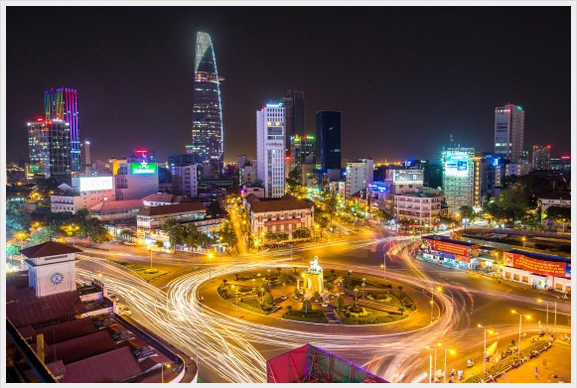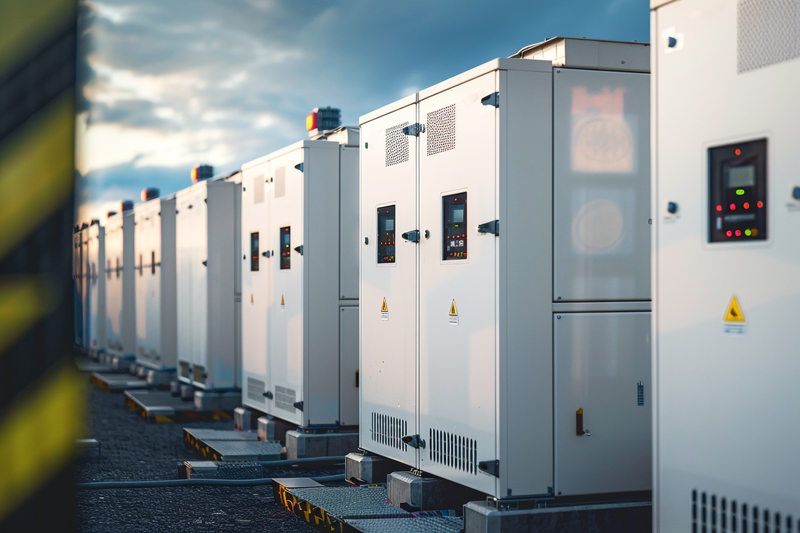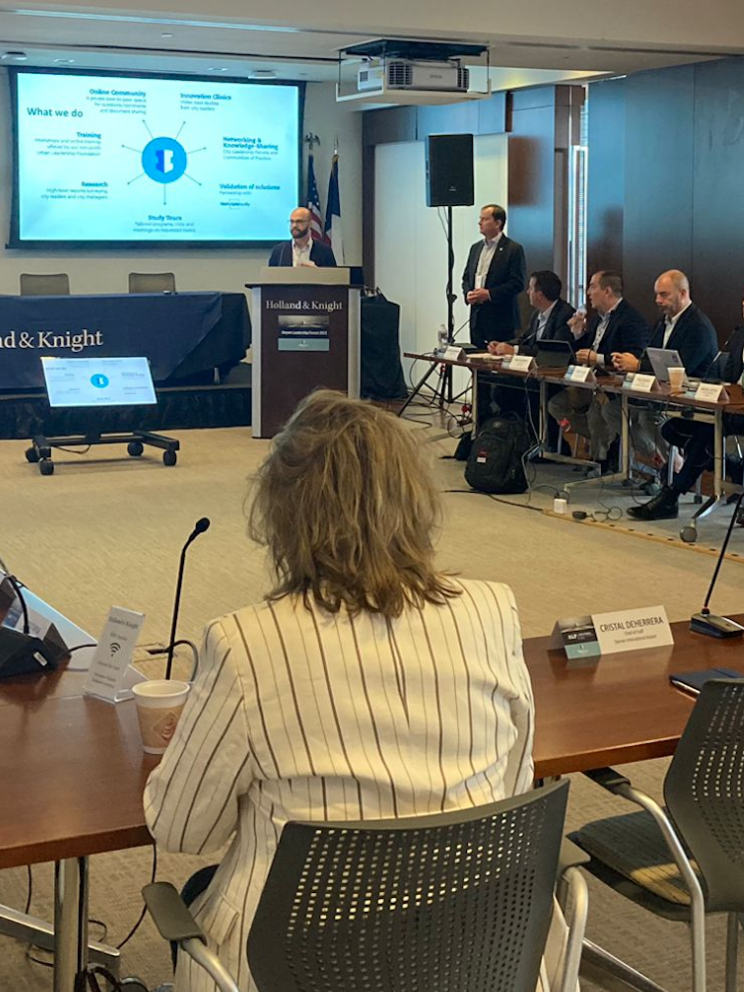
Photo: Ho-Chi-Minh-City
Ho Chi Minh City could save US$1.4 billion by investing in a resilient transport system
11 December 2014
by Richard Forster
Ho Chi Minh City, Vietnam, could generate economic benefits of US$1.4 billion by investing in making its transport system more resilient in extreme weather conditions, a study released by Siemens and Arup has revealed.
Calculations based on a review of Ho Chi Minh City’s transport network illustrate that, without intelligent solutions, its traffic congestion could cost the city’s economy approximately US$97 billion between 2015 and 2045.
“Infrastructure has a long lifespan,” said Michael Stevns, Siemens project leader of the study. “Investments made today will determinate the future development of any city tomorrow, especially when it has to cope with both population growth and an increase in severe weather events such as flooding.”
Around 45 percent of the city is less than a metre above sea level, rendering the city and in particular, the transport system highly exposed to flooding, especially during the rainy season. An economic appraisal shows that an Integrated Management System (control centre) would take only eight years to become net positive in terms of costs and benefits. This could lead to a net benefit of US$1.4 billion over the next 30 years.
“When a city relies heavily on individual traffic, the biggest lever is mass transport,” said Stephen Cook, Associate Director of Energy and Climate Change Consulting at Arup. “Metro lines could be a solution, but they are very expensive and take very long to build. Intelligent traffic management systems can provide a head start for a more comprehensive mobility management approach.”
In Ho Chi Minh City, where public transport only represents 5 percent of total traffic, the number of delay minutes is forecast to increase by 620 percent over the next 30 years assuming no investments are made in transport infrastructure, according to Arup analysis. Recent evidence suggests that the frequency, extent and severity of extreme weather events is increasing around the world exposing cities’ transport infrastructure to more severe stresses and sudden shock events.
The study shows that intelligent systems that forecast and respond to the impact of damaging weather events on the transport system can ensure that periods of disruption are minimised and long-term economic sustainability is not undermined.
“Asia’s tremendous economic growth is leading to an ever increasing rate of urbanisation with infrastructure playing catch-up,” said Roland Busch, member of the Siemens AG managing board. “One way out of this dilemma is to make cities’ infrastructure more intelligent: ranging from decentralised power generation, smart energy grids to intelligent traffic management systems.”







